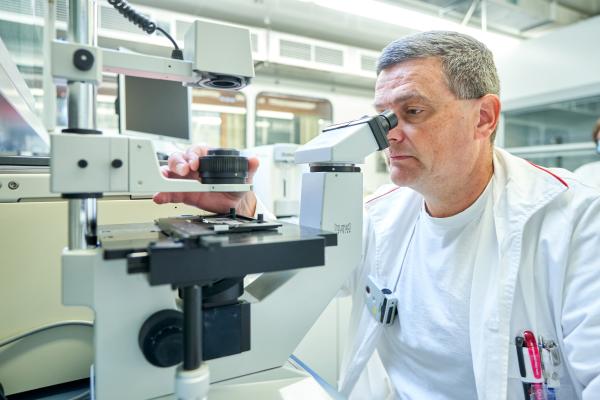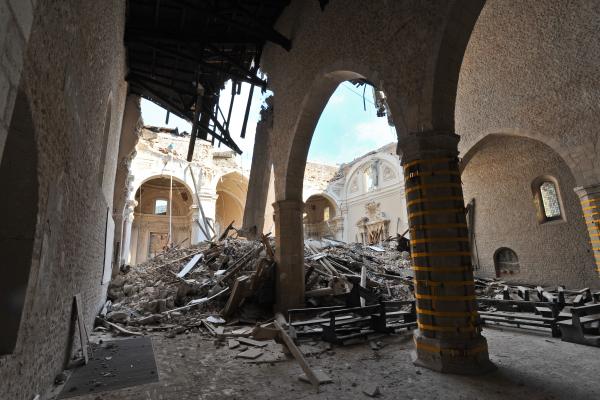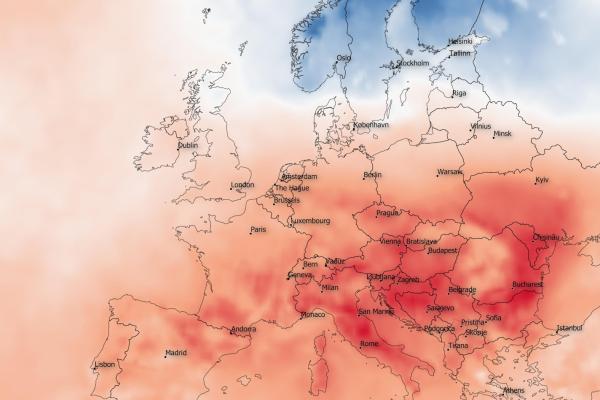
A JRC study applying foresight methodologies identified 11 topics critical to the future of nuclear technology in the EU. They range from the resurgence of nuclear start-ups to the potential for nuclear technology to facilitate decarbonisation of hard-to-abate sectors and the integration of digital technologies into the nuclear sector.
The study, Long-Term Horizon Scanning for Nuclear Technologies Yearly Report – 2023, also looked into potential threats and opportunities mid-term (2033) and longer-term (2053), and emphasised the need for an ongoing anticipatory approach to policy-making.
The nuclear industry is experiencing a renaissance with the rise of Small Modular Reactors (SMRs), leading to numerous start-ups using digital tools. Moreover, due to the current geopolitical situation, the topic of nuclear fuel strategic autonomy is a key element for achieving self-sufficient fuel production in Europe. The introduction of new technologies and design methods should also help the nuclear industry to respond to the growing reliance on digital infrastructure.
To reach the objectives of the EU Green Deal and to meet the EU’s climate change mitigation and energy-mix targets for 2030, nuclear energy could offer solutions to reduce emissions in industries that have traditionally been difficult to decarbonise, through for example clean hydrogen production. These industries include steel, cement, petrochemicals, aluminium, aviation, concrete, shipping, and trucking, collectively accounting for nearly 30% of global emissions.
In a separate study, the JRC elaborates on the potential of nuclear hydrogen in steelmaking, an industry responsible for around 5% of all CO2 emissions in the EU. Hydrogen could be used in the production of steel, and high-temperature gas-cooled reactors (HTGRs) could co-generate hydrogen, electricity, and heat locally at the steel mill, improving efficiency and simplifying the required infrastructure. HTGRs have already been built in some European countries with new initiatives continuing to emerge, demonstrating the feasibility of the technology.
Nuclear technologies may also be integrated into the EU’s circular economy model, to address radioactive waste challenges. In its horizon scanning for nuclear technologies in the future, the first study identifies an opportunity for the EU to decide on a course of action in the area of nuclear energy in space, and to become a relevant actor in shaping the role of nuclear energy in space.
Furthermore, the fast advancement of Artificial Intelligence (AI) technology raises safety concerns, which have led to the effort to try to regulate and control its use. Historical frameworks such as the Euratom Treaty, which was instrumental in fostering the growth and collaboration around nuclear technology in Europe, can provide valuable precedents for developing cooperative approaches to contemporary challenges, such as the regulation and development of AI.
All the opportunities and challenges identified in the two studies require technology and talent for long term operation. Notably, the nuclear sector needs to attract young skilled talents, to maintain nuclear competences and skills, and the deployment of innovative technologies for a safer, more secure and efficient use of nuclear energy.
Related content
Long-Term Horizon Scanning for Nuclear Technologies Yearly Report – 2023
Nuclear Hydrogen for Steelmaking
Details
- Publication date
- 2 May 2024
- Author
- Joint Research Centre
- JRC portfolios




